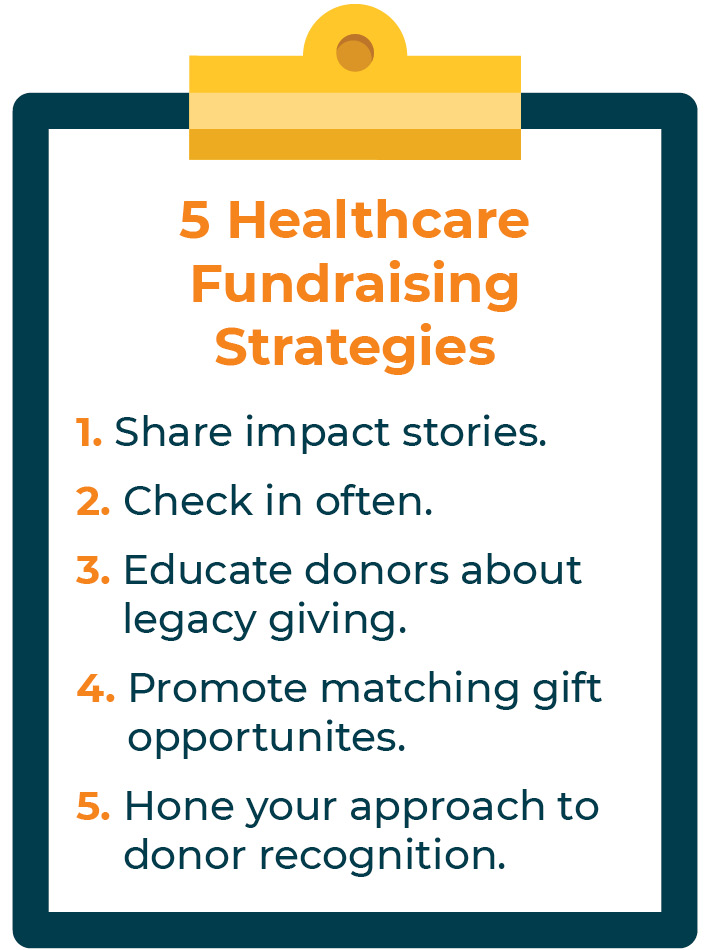Online Fundraising: Effective Digital Campaigns for Nonprofit Success
Online Fundraising: Effective Digital Campaigns for Nonprofit Success
Blog Article
The Function of Community Engagement in Nonprofit Fundraising: Structure Lasting Relationships for Lasting Assistance
Area interaction is increasingly identified as an essential component of effective not-for-profit fundraising. The techniques and methods used to involve areas differ commonly, elevating vital inquiries concerning efficiency and effect.
Understanding Community Involvement
Neighborhood interaction is an essential element of effective not-for-profit fundraising efforts. It describes the methods and tasks that companies utilize to get in touch with their neighborhood areas, fostering connections that are equally valuable. Comprehending community interaction involves identifying its diverse nature, which includes collaboration, engagement, and outreach. Nonprofits must determine key stakeholders-- such as neighborhood members, local businesses, and other organizations-- to develop reliable engagement approaches.
Effective area interaction is predicated on energetic listening and responsiveness to the demands and interests of the area. This process includes obtaining responses, understanding community dynamics, and guaranteeing that the company's goal lines up with local top priorities. Engaging the community can take different types, consisting of public meetings, volunteer chances, and collaboration initiatives, each designed to urge involvement and financial investment in the company's goals.
Additionally, neighborhood involvement should be approached as an ongoing discussion rather than an one-time initiative. By cultivating a comprehensive setting where area voices are listened to and valued, nonprofits can develop a strong foundation for future fundraising endeavors. Inevitably, a deep understanding of area engagement encourages companies to create authentic links that boost their total performance and sustainability.
Benefits of Solid Relationships
Solid relationships developed with community involvement return various benefits for not-for-profit fundraising efforts. Firstly, these connections foster trust and integrity, important elements in motivating contributors to contribute. When possible fans see a not-for-profit proactively associated with their area, they are a lot more likely to think in its goal and effect.

Additionally, these connections help with effective interaction. Nonprofits can leverage their connections to share stories of impact, updates, and requires, making sure that supporters continue to be educated and involved. This open line of communication not just enhances bonds however additionally motivates referral promo, increasing the nonprofit's reach.
Finally, strong area connections can bring in new companions and enrollers. Services and people are more inclined to straighten with organizations that show purposeful community involvement, giving added resources and support that can dramatically enhance fundraising capabilities. Therefore, cultivating durable connections via neighborhood engagement is indispensable to a not-for-profit's long-lasting fundraising success.
Approaches for Efficient Engagement
How can nonprofits effectively engage their communities to enhance fundraising initiatives? Creating targeted strategies is necessary for cultivating purposeful links. First, leveraging social networks platforms enables organizations to share their mission dynamically and interactively, getting to a more comprehensive audience. Normal updates, involving material, and calls-to-action can galvanize neighborhood interest and engagement.
2nd, holding neighborhood occasions, such as workshops, volunteer possibilities, or fundraising drives, assists in in person communication, enabling nonprofits to showcase their influence and initiatives. These events not only elevate funds yet also cultivate relationships and allow area participants to engage directly with the cause.
Third, applying customized communication methods can improve involvement. Customizing messages to certain contributor sections based on rate of interests and previous contributions promotes a sense of belonging and investment in the company's goal.
Lastly, developing partnerships with regional companies and neighborhood leaders can amplify outreach initiatives. Joint campaigns can boost presence and reputation, demonstrating a cumulative dedication to the community's well-being. By incorporating these strategies, nonprofits can build long-term partnerships that enhance fundraising initiatives and drive lasting assistance.
Measuring Engagement Success
While involving the community is important for successful nonprofit fundraising, gauging the effectiveness of these engagement efforts is similarly vital. Establishing clear metrics allows companies to examine just how well they are attaching with their target market and achieving their fundraising goals. Trick efficiency signs (KPIs) such as benefactor retention rates, volunteer participation levels, and interaction on social media systems supply substantial information for evaluation.

Regularly evaluating these metrics allows organizations to pivot their strategies when essential, guaranteeing that neighborhood interaction remains straightened with their general goal. In addition, sharing these outcomes with stakeholders promotes openness and develops trust fund, urging further neighborhood involvement. Eventually, a robust dimension structure not just educates future fundraising initiatives yet likewise strengthens the partnership in between the nonprofit and its advocates, laying the groundwork for sustainable success.
Study in Area Impact
Numerous instance researches highlight the profound effect that area interaction can have on not-for-profit fundraising success. One noteworthy instance is the "Something to chew on" effort, where a neighborhood food financial institution partnered with institutions and companies to host neighborhood dinners. These events not only elevated funds yet additionally fostered a feeling of belonging among individuals, considerably increasing contributor retention rates.
Another compelling instance is the "Environment-friendly Spaces Task," which involved regional homeowners in the revitalization of city parks. This initiative not only garnered economic support from local services but also cultivated a volunteer base that added to continuous upkeep and shows. The sense of possession and satisfaction amongst community participants converted into continual payments.
In the world of arts, the "Art for All" campaign effectively involved neighborhood artists and patrons to develop collaborative art setups, causing enhanced presence and donations for a neighborhood arts nonprofit.
These examples highlight that when nonprofits prioritize area participation, they can create long lasting relationships that improve fundraising efforts, making certain lasting assistance and cultivating a dynamic neighborhood culture. Such situations show that neighborhood engagement is not merely a method however an important pillar of not-for-profit success.
Conclusion
In final thought, community engagement is integral to the success of not-for-profit fundraising initiatives. Ultimately, a durable structure of neighborhood support not only amplifies fundraising possible yet also cultivates a society of online fundraising collaboration, important for achieving lasting business goals and maintaining meaningful influence. fundraising consultant.
Nonprofits need to identify vital stakeholders-- such as neighborhood participants, neighborhood services, and other companies-- to develop reliable engagement techniques.

In verdict, community involvement is indispensable to the success of nonprofit fundraising efforts.
Report this page